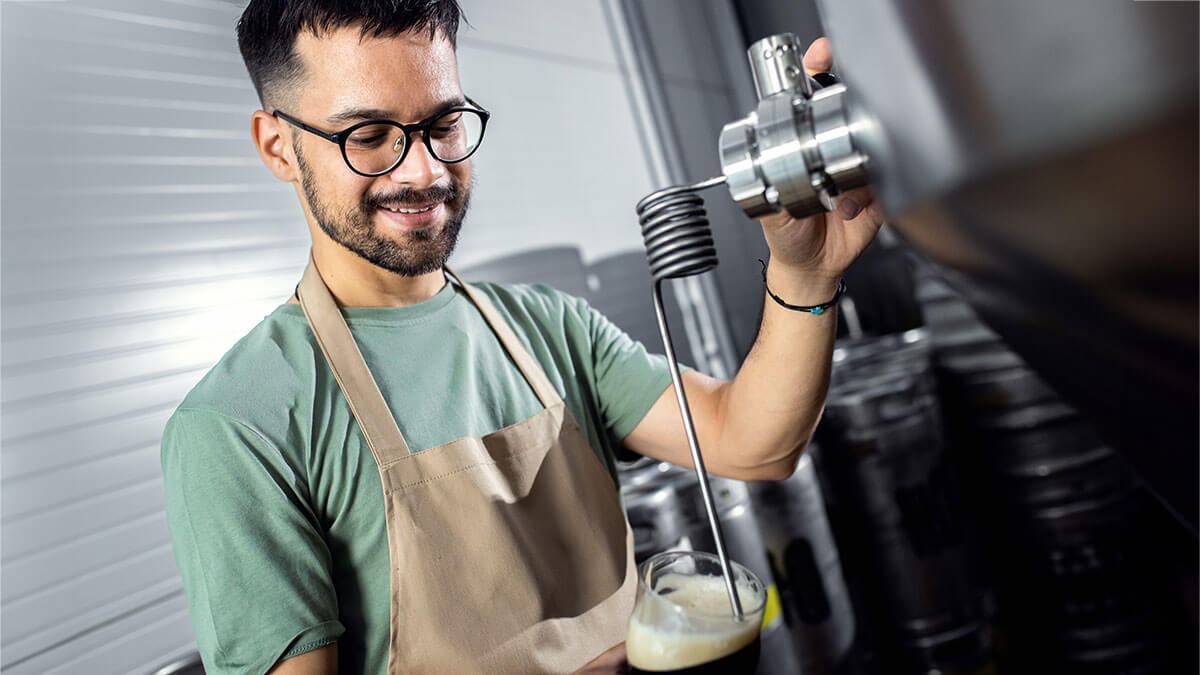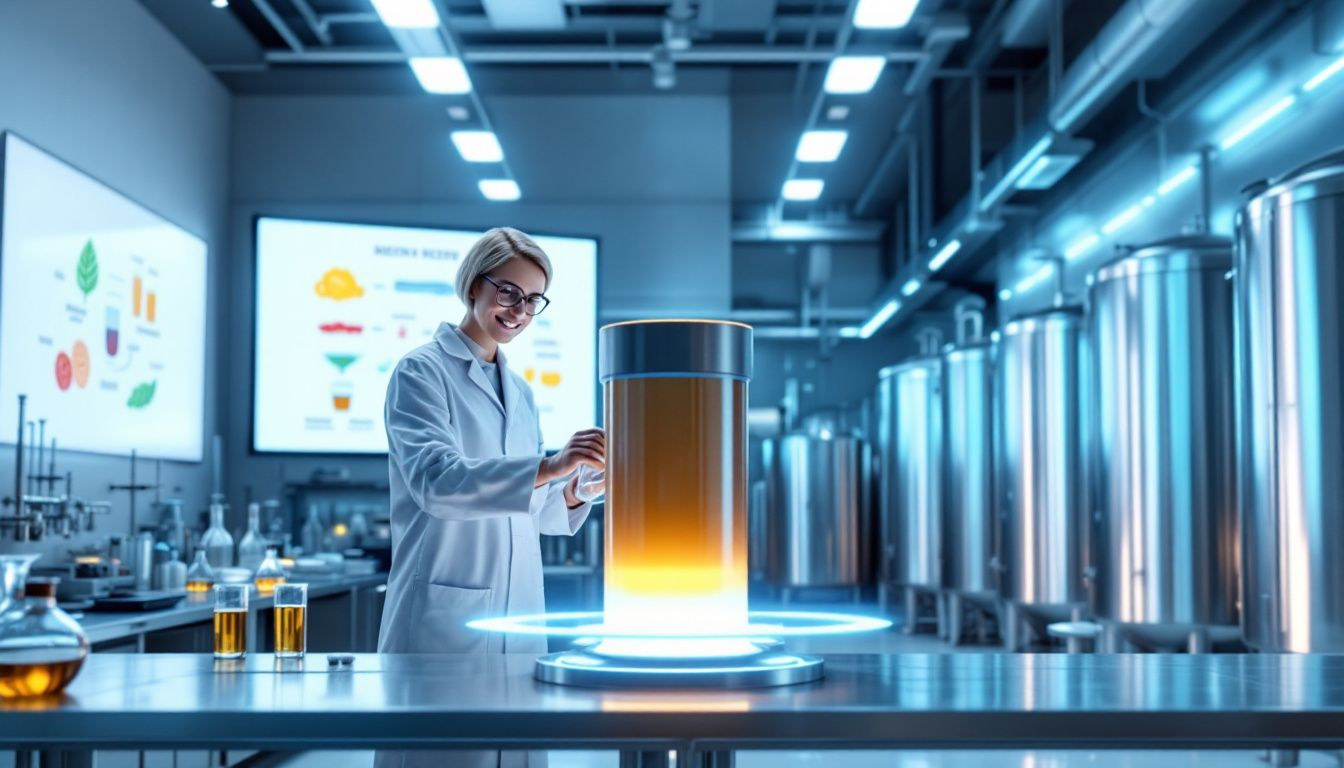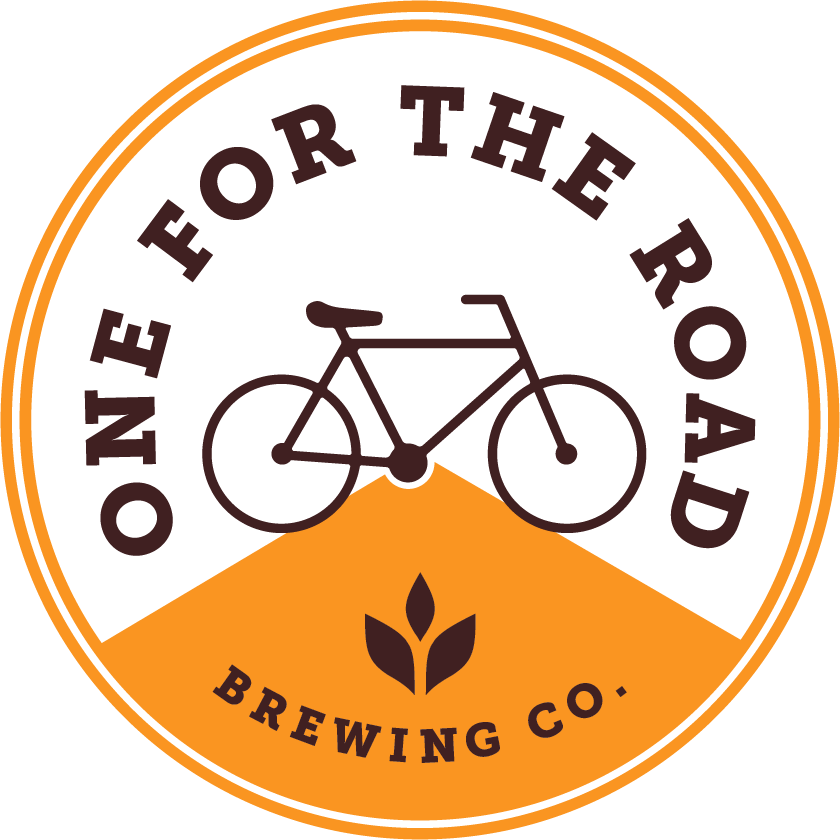
How Is Non-Alcoholic Beer Made? Essential Methods Explained
Wondering how is non alcoholic beer made? This process uses traditional brewing methods combined with techniques to remove or reduce alcohol.
In this article, we’ll explore the main methods, like controlled fermentation and dealcoholization, that help create tasty non-alcoholic beers.
Key Takeaways
- Non-alcoholic beer consists of water, grains, hops, and yeast, with various methods employed to minimize alcohol while maximizing flavor.
- Key production methods include controlled fermentation, dealcoholization techniques, dilution method, and simulated fermentation, each impacting the final beer taste and alcohol content.
- Brewing non-alcoholic beer presents challenges such as maintaining flavor and aroma, but advancements like membrane dealcoholization and specialized yeast strains are improving quality and variety.
Ingredients in Non-Alcoholic Beer
Non-alcoholic beer consists of four primary components: water, grains, hops, and yeast. Water represents the largest proportion in any beer, including non-alcoholic varieties, forming the base for the brewing process.
Grains, such as barley, are responsible for supplying the sugars that yeast ferments during brewing, laying the foundation for the beer’s body and flavor.
Hops are what impart the characteristic bitter flavor and aroma to the beer, balancing the sweetness of the grains.
Craft brewers are constantly experimenting with various hops, malts, and adjuncts to create richer and more complex non-alcoholic beers. The practice of dry-hopping, where hops are added late in the brewing process, is increasingly popular as it enhances aroma and flavor without adding alcohol.
Breweries are incorporating natural ingredients like fruits, spices, and herbs to enhance the complexity of non-alcoholic offerings. These additional flavoring ingredients allow brewers to create a wide variety of taste profiles, ensuring that non-alcoholic beers can stand toe-to-toe with their alcoholic counterparts.

Key Methods of Making Non-Alcoholic Beer
There are four primary methods used for producing non-alcoholic beer: controlled fermentation, dealcoholization techniques, dilution method, and simulated fermentation.
Each method has its unique approach to minimizing alcohol content while maximizing flavor.
Let’s dive deeper into these methods to understand how they work.
Controlled Fermentation
Controlled fermentation is a method that stops fermentation before significant alcohol is produced. This technique involves halting yeast activity early in the brewing process, resulting in low-alcohol or non-alcoholic beer.
Maintaining cooler temperatures, typically not hotter than 60°F, allows brewers greater control over the fermentation process and the amount of alcohol produced, often referred to as arrested fermentation.
This method is favored by many craft brewers as it allows for the creation of non-alcoholic beers that closely resemble their alcoholic counterparts in taste and aroma. The controlled fermentation process ensures that the beer retains its essential flavors while keeping the alcohol content minimal.
Dealcoholization Techniques
Dealcoholization involves removing alcohol from beer while attempting to retain its flavor and aroma. One common method is vacuum distillation, where alcohol is boiled off under reduced pressure, allowing for extraction without damaging the beer’s flavors.
Another technique is reverse osmosis, which uses fine membranes to filter out alcohol while keeping important flavor compounds intact.
Recent advancements, such as vacuum distillation at lower temperatures, have made it possible to preserve the beer’s original character more effectively while removing alcohol. These techniques are crucial for producing non-alcoholic beers that do not compromise on taste.
Dilution Method
The dilution method involves adding water to the finished beer to reduce alcohol content. Typically, around 10% water is added, either before or after fermentation, to achieve the desired low alcohol level.
This method is straightforward and effective, making it a popular choice among brewers looking to produce non-alcoholic beers quickly and efficiently.
Simulated Fermentation
Simulated fermentation allows brewers to create non-alcoholic beer with flavors and aromas of traditional beer without producing significant alcohol.
This method uses specific ingredients and enzymes to mimic the fermentation process, preserving the beer’s characteristic taste.
By employing grains and enzymes like amylase, brewers can enhance the fermentation simulation while avoiding alcohol production.

Choosing the Right Yeast for Non-Alcoholic Beers
The choice of yeast plays a significant role in non-alcoholic beer brewing. Strains that yield lower alcohol levels are preferred, simplifying the brewing process and ensuring the final product meets the desired specifications.
Non-alcoholic yeast, or NAY yeast, is specifically designed to aid in the fermentation process without producing significant alcohol, making it ideal for brewing non-alcoholic beers.
Simulated fermentation can also be employed to create the effects of traditional fermentation without producing alcohol. This involves adding specific ingredients and enzymes to mimic the fermentation process, enhancing the flavor profile of the beer.
Choosing the right yeast and fermentation techniques allows brewers to produce non-alcoholic beers that rival their alcoholic counterparts in taste and quality.
The Role of Mashing and Fermentation Process
When making non-alcoholic beer, the fermentation phase can be adjusted to limit alcohol production. This is achieved by selecting specific yeast strains or halting fermentation early, ensuring that the alcohol content remains minimal.
Monitoring the fermentation process is essential to manage and reduce the resulting alcohol content, maintaining the desired characteristics of the beer.
The mashing process also plays a crucial role in brewing non-alcoholic beer. Grains provide the necessary sugars for fermentation, and by carefully controlling the mashing process, brewers can influence the final flavor and body of the beer.
The combination of precise mashing and controlled fermentation ensures a high-quality non-alcoholic beer.
Benefits of Drinking Non-Alcoholic Beer
Non-alcoholic beer offers several health benefits, including a reduced risk of alcohol-related diseases and better hydration. These beers typically contain fewer calories than regular beer, making them a healthier choice for those looking to enjoy the taste of na beer without the added calories.
Drinking non-alcoholic beer also allows individuals to partake in social events without the effects of alcohol, making it an inclusive alcohol free beer option for everyone.
Non-alcoholic beers cater to diverse tastes with a variety of flavors available, ensuring that everyone can find a brew they enjoy.
Common Challenges in Brewing Non-Alcoholic Beer
Brewers face several challenges when producing non-alcoholic beer. One of the primary issues is maintaining the desired taste and aroma, as the absence of alcohol can impact the flavor profile. Off flavors can arise from improper fermentation practices or ingredient selection, affecting the overall quality of the beer.
To overcome these challenges, brewers must carefully select ingredients and employ techniques that enhance the beer’s flavor while minimizing off flavors.
This requires a deep understanding of the brewing process and a commitment to quality, ensuring that non-alcoholic beers are as appealing as their alcoholic counterparts.
Innovations in Non-Alcoholic Beer Production

Recent innovations in non-alcoholic beer production have significantly improved the quality and variety of these beverages.
Membrane dealcoholization, for example, achieves alcohol removal without the use of heat, maintaining more flavor compounds. This technique has allowed brewers to produce non-alcoholic beers with richer and more complex flavors.
Research into effective no- and low-alcohol yeast strains has also opened up new possibilities for brewers. Specialized yeast strains help smaller breweries enter the non-alcoholic beer market affordably, providing insights for producing high-quality non-alcoholic beers.
These advancements ensure that non-alcoholic beers continue to evolve and improve.
Summary
Summarizing the key points, non-alcoholic beer is a complex and exciting field within the brewing industry. From innovative brewing techniques to the careful selection of ingredients, producing high-quality non-alcoholic beers involves a blend of art and science.
The benefits of drinking non-alcoholic beer are numerous, and the challenges faced by brewers are being met with creative solutions and advancements in technology.
As the popularity of non-alcoholic beer continues to rise, we can expect even more innovations and improvements in the future.
Whether you’re a seasoned beer enthusiast or someone exploring healthier beverage options, non-alcoholic beer offers a compelling and flavorful alternative.
Frequently Asked Questions
What are the main methods used to produce non-alcoholic beer?
The main methods used to produce non-alcoholic beer include controlled fermentation, dealcoholization techniques, dilution methods, and simulated fermentation. These approaches ensure the final product maintains beer-like qualities without the alcohol content.
How does controlled fermentation work in non-alcoholic beer production?
Controlled fermentation in non-alcoholic beer production involves halting yeast activity prior to substantial alcohol formation, ensuring the final product contains low or no alcohol. This method allows for the preservation of flavor while meeting alcohol content requirements.
What are the benefits of drinking non-alcoholic beer?
Drinking non-alcoholic beer offers reduced risk of alcohol-related diseases, improved hydration, fewer calories, and the opportunity to enjoy social gatherings without alcohol's effects. These benefits make it a healthier choice for many.
What challenges do brewers face when making non-alcoholic beer?
Brewers face challenges in maintaining the desired taste and aroma while preventing off-flavors in non-alcoholic beer production. Achieving a balance between flavor and the absence of alcohol can be complex and requires careful formulation.
What innovations are improving non-alcoholic beer production?
Membrane dealcoholization and specialized yeast strains are key innovations that are significantly enhancing the quality and variety of non-alcoholic beers. These advancements are shaping a more diverse and appealing market for consumers.


